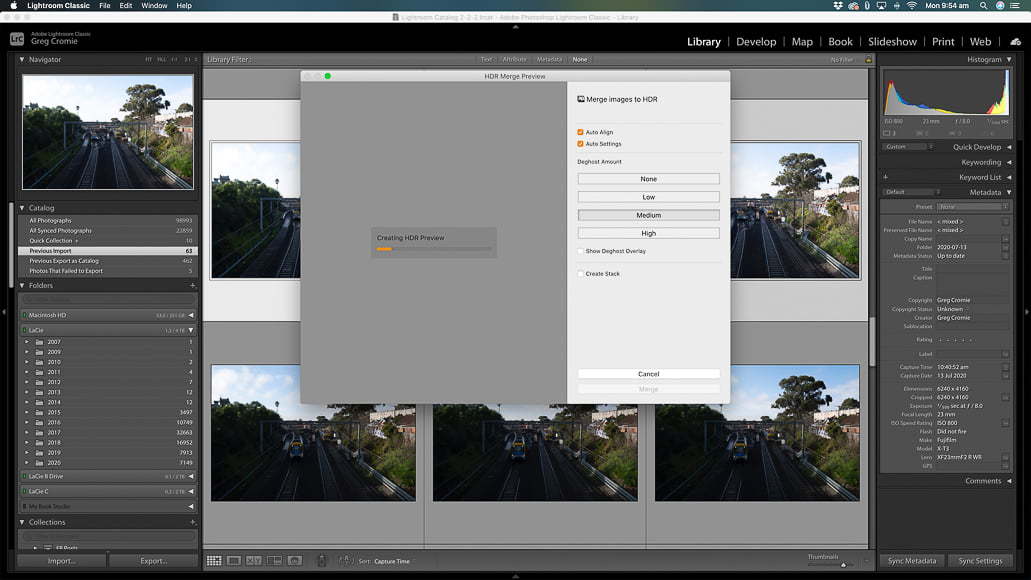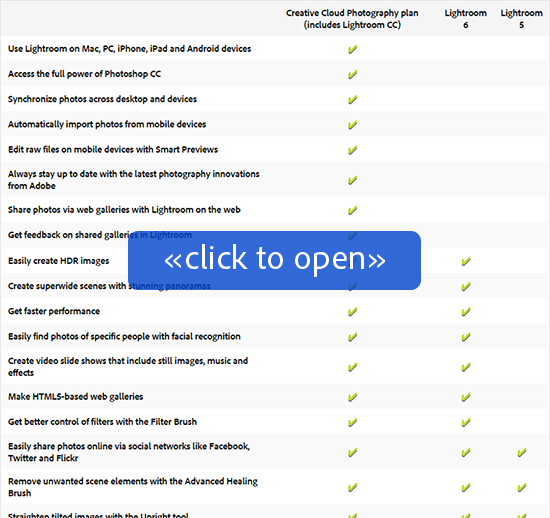

If you use a handheld device, you can import GPX tracklogs to sync your images. If your images contain GPS information, it will automatically be added to the map.

Rather than just have GPS metadata fields, or require the use of a third party plug-in, the Maps module links to Google Maps. Anyone that has shot in a mixed lighting situation will appreciate the ability to selectively adjust white balance in an image. You can now paint in Exposure, Highlights, Shadows, Temp, Tint, Luminance Noise, and Moiré. The Clarity control has been improved over previous versions as well, with positive adjustments not introducing the halos commonly seen in Lightroom 3.Īlong with all of the new controls, the Adjustment Brushes have been greatly expanded when using the new Process 2012. Finally, use Whites and Blacks control to the extreme highlights and shadows, recovering clipping that might occur. After setting the overall Exposure, you'll use the Shadows and Highlights to recover detail in these areas. These adjustments give you more control than was previously possible. Gone are Fill Light and Recovery, and in their place are Shadows, Highlights, Whites and Blacks. With the new Process 2012 settings, you'll see a couple of new controls in the Basic panel. This can be done either in the Calibration panel, or via Settings > Process.
#Adobe lightroom 4 upgrade to 6 update#
You can take full advantage of the new controls with your older images, but you'll need to update them to Process Version 2012 first.

New images will show you the Process Version 2012 controls. If you're upgrading from Lightroom 3 and viewing an edited image, you won't notice the changes at first. The biggest set of changes are found in the Develop module where Adobe has introduced a whole new set of controls, and made the default settings of some of the existing controls more logical. Finally, you can now drag multiple folders in the Folders panel - earlier versions of Lightroom only allowed you to move one folder at a time. Organizationally, Lightroom has improved the functionality of features like Stacks, which can now be used in Collections as well as folders, Picks are now library wide, so if you move your images to a collection, the flags are kept. Version 4 now supports basic editing of video clips - setting the in and out points, adjustments to white balance, exposure, contrast, converting to monochrome, and even split toning. If you're wondering why you'd export video from Lightroom, you're in for a treat. Exporting video gives you the option to export as original, H.264, or DPX, as well as setting quality levels. But, the additions don't stop there - you can also set the poster frame for the thumbnail or save a frame out as a JPEG image. Lightroom supports more formats including AVCHD, and you can now playback video while using the Loupe View (aka the Develop module). While there isn't anything immediately new in the Library module, if you shoot video you'll notice that options for video have been greatly expanded. Upgrades are now $79 / £59.09 from previous versions. Lightroom 4 now has a list price of $149 / £103.88, down from the previous $299. One of the biggest changes is the reduction in price. In this review, I'll take a look at the key new features in Lightroom 4. With the introduction of Lightroom 4, Adobe has added several useful new tools, and made great improvements in other areas. The combination of image organization and a non-destructive editing module is a great alternative for many to a traditional editing environment like Photoshop. Lightroom is one of the most popular workflow applications on the market.


 0 kommentar(er)
0 kommentar(er)
